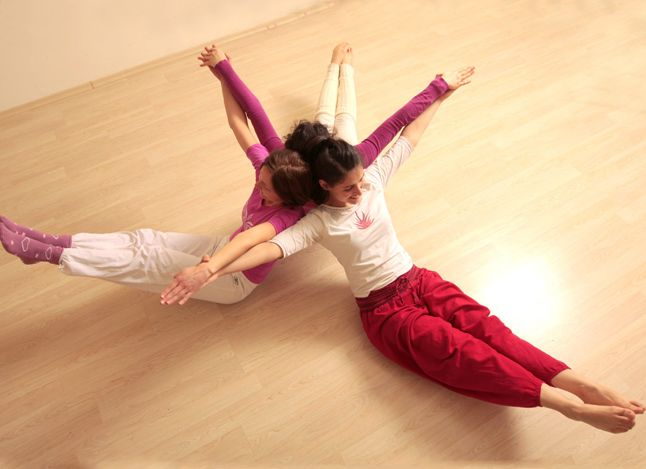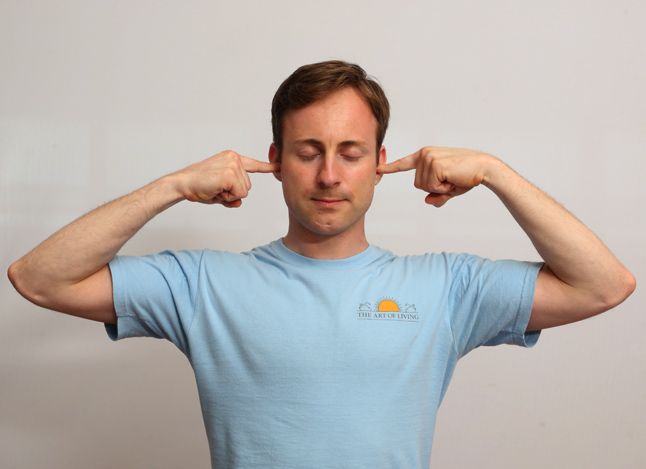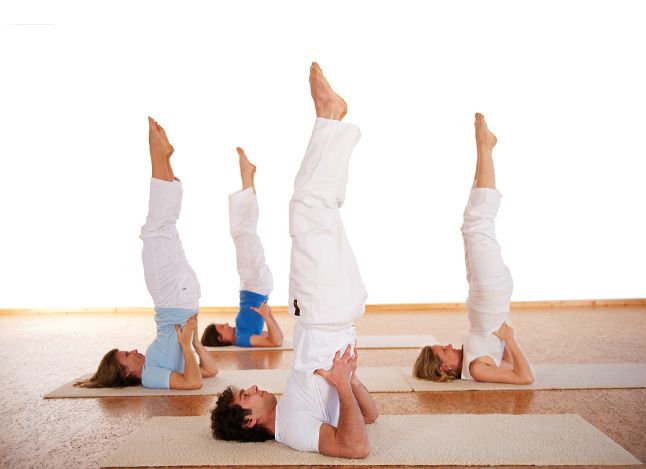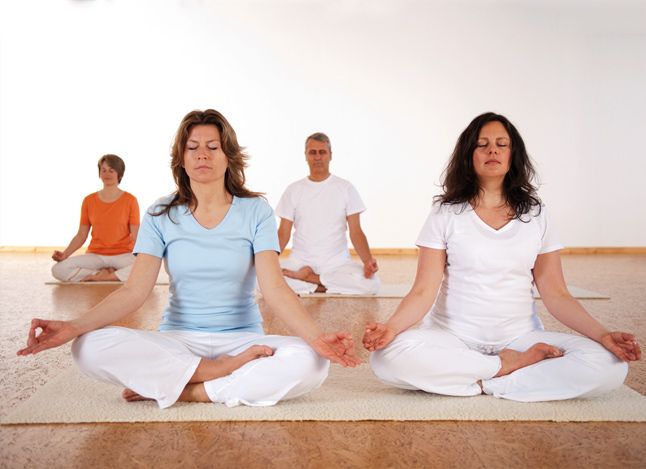
The Human Brain is one of the most complicated objects in the universe. Although it weighs less than 3 pounds, it manages everything from our heart rates to our thoughts and feelings. This is the major control network for the body's functions and abilities: conscious communication with our body and automatic operation of vital organs. The functions of the brain are varied, and include: thinking, perception (sensing), emotion, signaling, and many of our physical functions. Our cognition, feelings and behavior are all the result of our brains.

Some facts about the Human Brain: • The human brain is the largest brain of all vertebrates relative to body size • It weighs about 3 pounds (1.4 kilograms) • The brain makes up about 2 percent of a human's body weight • The cerebrum makes up 85 percent of the brain's weight • It contains about 100 billion nerve cells (neurons), the "gray matter" • It contains millions of nerve fibers (axons and dendrites), the "white matter"

Yoga for Brain
We all know how regular practice of Yoga has shown marked increases, both immediate and long-term, in physical strength and flexibility, mental calm and overall peace both inside and outside the body. Yoga is a science that harnesses the innate capability of the body as a vehicle for transformation. As negative habits, patterns, and influences within us and from the outside are progressively dropped in favor of more sustainable ones, yoga can become a way of life.

Yoga Asanas and Pranayama for Brain
Yoga can act as an instant cognitive boost. In addition to scaling back stress and anxiety, which in turn improves brain function; yoga keeps your mind focused on a single task. Let us realize the power and effects of yoga asanas, which have stood the test of thousands of years of human evolution on the most complex and fascinating organ in the human body, the Brain. 1. Bhramari Pranayama (Bee Breath) 2. Paschimottanasana (Two-Legged Forward bend) 3. Halasana (Plow pose) 4. Setu Bandhasana (Bridge pose) 5. Sarvangasana (Shoulder Stand)

Bhramari pranayama (Bee Breath)
Bhramari pranayama helps to calm the mind almost instantly. It releases the mind of anger, agitation, frustration or anxiety. The Bee Breath is the best form of pranayama for children as it helps to improve concentration and memory and build confidence.

Paschimottanasana (Two-Legged Forward bend)
Paschimottanasana acts as a major stress reliever as it helps to relax the mind by stretching the spine muscles.

Halasana (Plow pose)
Halasana strengthens and opens up the neck, shoulders, abdominal and back muscles. It helps improve blood flow to the brain and calm the nervous system, reduces stress and fatigue. Halasana stimulates the thyroid gland and strengthens the immune system to fight better against diseases. It is very effective for women dealing with menopausal issues.

Setu Bandhasana (Bridge pose)
Setu Bandhasana is very helpful to strengthen the back muscles. It is known to relieve the tired back instantaneously. It helps to give a good stretch to the chest, neck and spine and calms the brain, reducing anxiety, stress and depression.

Sarvangasana (Shoulder Stand)
Sarvangasana stimulates the thyroid and parathyroid glands and normalizes their functions. It strengthens the arms and shoulders and keeps the spine flexible. It nourishes brain with more blood to the pineal and hypothalamus glands (both located in the brain), increasing happy hormones such as Dopamine and Seratonin. It helps to improve all cognitive functions magnificently.

After Brain Yoga Just Try Meditation
Most of us know that meditating is a great way to reduce stress. But meditative practice goes beyond taking a chill pill. Meditating is also associated with structural changes in the brain that help sharpen focus and improve memory and multitasking skills. Numerous studies suggest that regular meditation (about six hours a week) may actually change brain structure. Scientists have found meditation is associated with a thicker cerebral cortex and more gray matter — i.e., the parts of the brain linked to memory, attention span, decision making and learning.










